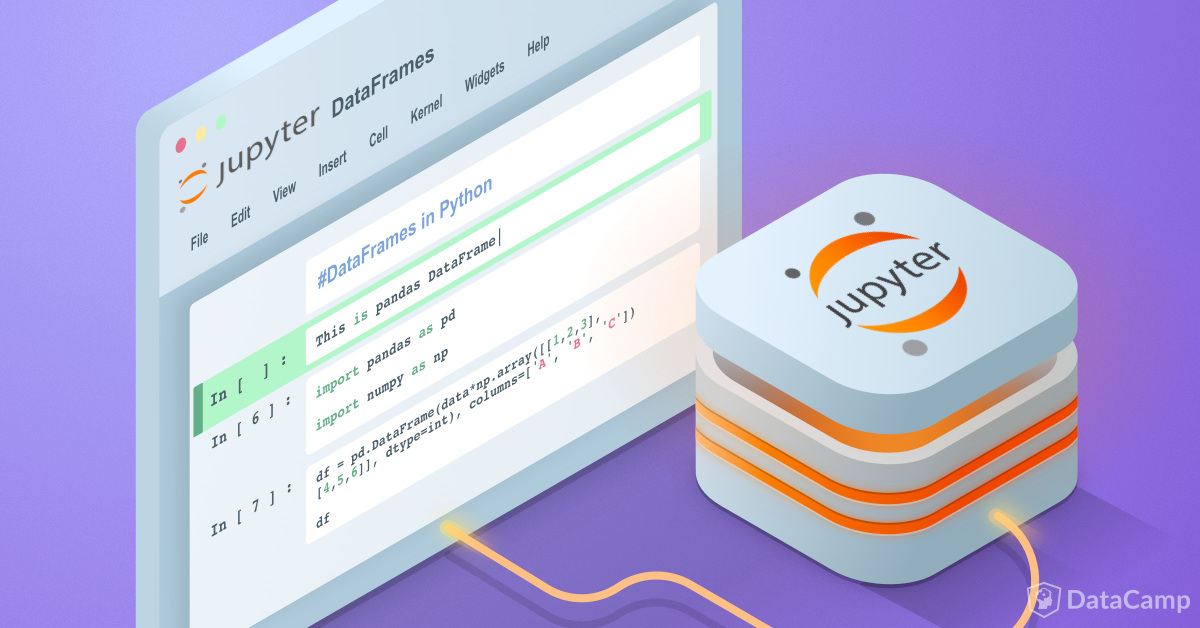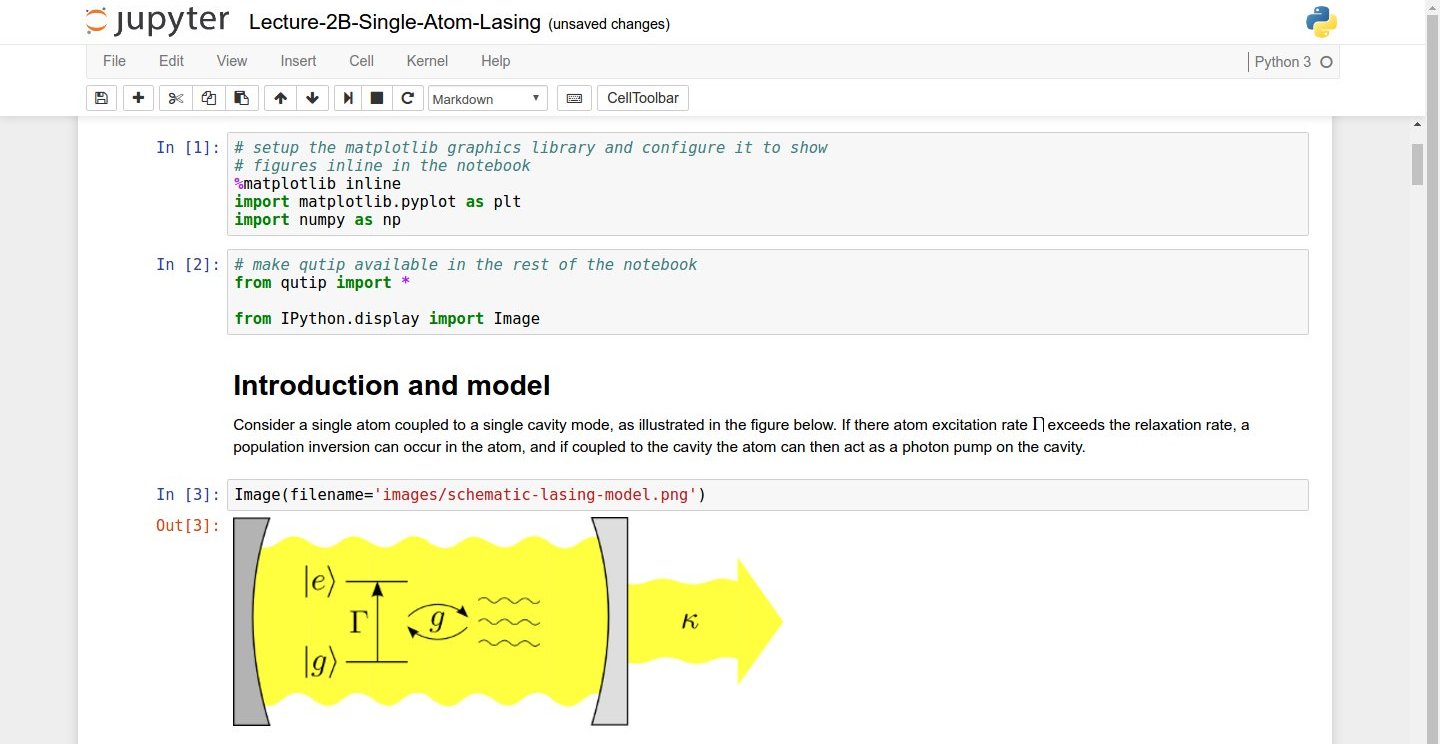

- #Jupyter notebook tutorial free how to
- #Jupyter notebook tutorial free install
- #Jupyter notebook tutorial free update
- #Jupyter notebook tutorial free software
- #Jupyter notebook tutorial free series
The user interface is relatively self-explanatory. import a notebook from another directory by dragging it onto the list of notebooks.Īn IPython notebook consists of cells that hold headings, text, or python code.start a new notebook by clicking on the New Notebook button, or.select one of your existing notebooks to work on,.Use the checkboxes to select items for other actions, such as to duplicate, to rename, or to delete notebooks and directories. Upload and create new Jupyter notebooks in the displayed directory using the appropriate buttons. They can be stored in any directory including Dropbox or Google Drive. Jupyter notebooks are simply files in a directory with a. You can navigate amoung the directories in the usual way by clicking on directory names or on the 'breadcrumbs' located just about the listing. Open a terminal window on your laptop and execute the following statement at the command line: > jupyter notebookĮither way, once you have opened a session you should see a browser window like this:Īt this point the browser displays a list of directories and files. If you have installed a Jupyter/Python distribution on your laptop then you can open a Jupyter session in one of two different ways: If you are using a cloud-based service a Jupyter session will be started when you log on.
#Jupyter notebook tutorial free update
With the Anaconda package this is done by executing the following two commands in a terminal window: > conda update condaĪnaconda includes an 'Anaconda Navigator' application that simplifies startup of the notebook environment and manage the update process.ġ.1.3 Step 1: Start a Jupyter Notebook Session ¶ Allow about 10-30 minutes for the installation depending on your connection speed.Īfter installing be sure to check for updates before proceeding further.
#Jupyter notebook tutorial free software
Downloading and installing the software is well documented and easy to follow. For this course the recommended package is Anaconda available from Continuum Analytics.
#Jupyter notebook tutorial free install
This will also allow you to install additional code libraries to meet particular needs.Ĭhoosing this option will require an initial software installation and routine updates. This will provide you with reliable off-line access to a computational environment.

So for this course be sure to use latest verstion, currently 3.6, of the Python language.ġ.1.2.2 Installing Jupyter/Python on your Laptop ¶įor regular off-line use you should consider installing a Jupyter Notebook/Python environment directly on your laptop. It has taken years for the major scientific libraries to complete the transition from 2.x to 3.x, but it is now safe to recommend Python 3.x for widespread use.
#Jupyter notebook tutorial free series
Version 3.5 is the most recent release of the 3.x series which represents the future direction of language. Version 2.7 released in 2010, which was the last release of the 2.x series. Important Note Regarding Versions There are two versions of Python in widespread use. The kernal can be located on the same laptop as your web browser or located in an on-line cloud service. A kernal is simply a program that runs in the background, maintains workspace memory for variables and functions, and executes Python code.

To execute Python code in a notebook you will need access to a Python kernal.
#Jupyter notebook tutorial free how to
The next step is to learn how to execute computations that may be embedded in a Jupyter notebook. Since you're reading this notebook, you already know how to view a Jupyter notebook. Jupyter notebooks are documents that can be viewed and executed inside any modern web browser. This course utilizes the Jupyter Notebook environment within Coursera.1.1.2 Step 0: Gain Executable Access to Jupyter Notebooks ¶ Tutorial videos are provided to walk learners through the creation of visualizations and data management, all within Python. During these lab-based sessions, learners will discover the different uses of Python as a tool, including the Numpy, Pandas, Statsmodels, Matplotlib, and Seaborn libraries. Learners will also be introduced to the differences between probability and non-probability sampling from larger populations, the idea of how sample estimates vary, and how inferences can be made about larger populations based on probability sampling.Īt the end of each week, learners will apply the statistical concepts they’ve learned using Python within the course environment. Learners will identify different types of data, and learn how to visualize, analyze, and interpret summaries for both univariate and multivariate data. In this course, learners will be introduced to the field of statistics, including where data come from, study design, data management, and exploring and visualizing data.


 0 kommentar(er)
0 kommentar(er)
